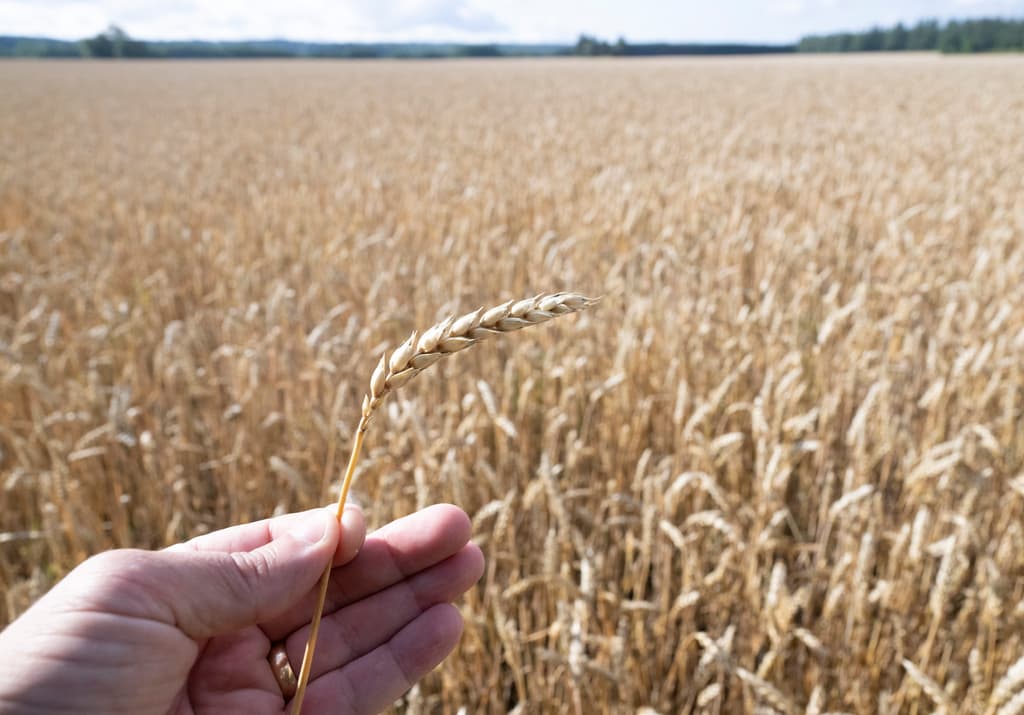The weather has not been so favorable that it would result in a record harvest, we have known that for a long time. But it has been sufficiently wet and warm for a normal harvest, says Frida Svensson, agricultural policy investigator at the Swedish Board of Agriculture.
The largest grain crop is autumn wheat, which accounts for half of the grain harvest. This year's autumn wheat harvest is expected to land at 2.7 million tons. It is somewhat more than last year, but less than the average for the period 2019-2023.
Here, last autumn's many rainy weather conditions play a role. It also affects the harvest of autumn rape, which is expected to decrease by 13 percent compared to last year.
The fact that autumn crops, especially autumn rape, have decreased this year is because we had a very rainy autumn last year. It made it difficult to sow autumn crops, says Frida Svensson.
Autumn rape was cultivated on smaller areas, but to some extent, this is compensated for by a higher yield per hectare this year.
Spring wheat is the grain crop that is expected to increase the most in this year's harvest, a whole 93 percent compared to 2023. The reason, according to Frida Svensson, may be that farmers in some cases simply could not sow their autumn wheat due to the rains and therefore opted for spring wheat instead.
It's pretty much what we expected. The weather has been fairly favorable, so we expected a fairly normal harvest. There's nothing in this report that comes as a shock, says she.
The Swedish Board of Agriculture's forecast covers nine grain crops. If the forecast is correct, we will find out in November when the preliminary harvest statistics for 2024 are published.
Total grain harvest is expected to be 5.4 million tons this year, an increase of 25 percent compared to last year and 1 percent lower than the five-year average for 2019-2023.
The reason is higher yield per hectare for all grain crops.
Spring-sown crops account for the largest percentage increase.
Source: Swedish Board of Agriculture





